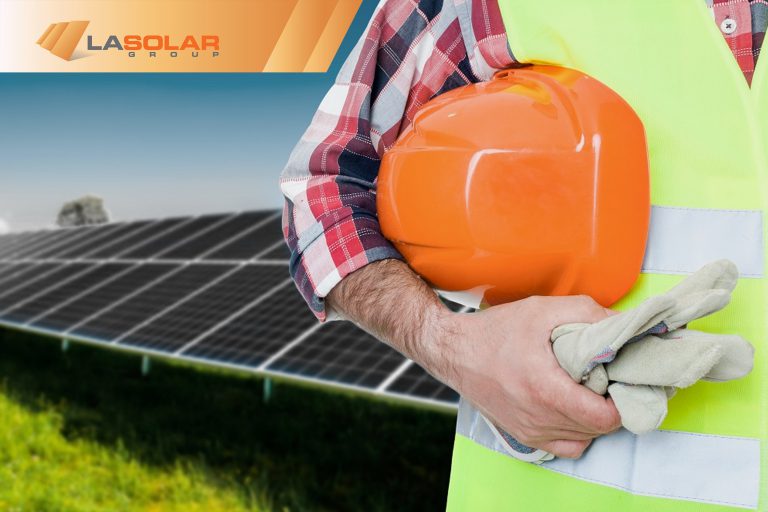If you’ve ever tracked your exercise, nutrition, or finances, you’ll know how useful monitoring can be. The same can be said of tracking your new solar system’s power production and consumption. Power consumption monitoring systems can help you make informed decisions about your energy usage. This is especially useful if you have a net metering agreement that credits you for sending power from your system to the electrical grid, or if you pay a time-of-use (TOU) rate for power.
Let’s look at what power consumption monitoring systems are available for your LA home, including their similarities and differences.
Monitoring your Solar System’s Power Generation
Most solar systems are warranteed to produce a set level of power over time. Those production levels are backed by the system installer and the solar module manufacturers. Some installers will keep tabs on your system to ensure it’s performing as promised. Many also include power consumption monitoring systems, which let you check your solar system’s performance as well. Monitoring systems track power production, overall system health, historical performance, and points of comparison, such as other energy sources and producers.
To enable monitoring, your solar system installer will connect current transformers around the main lines entering your electric main panel. The transformers send data to a consumption monitoring device for analysis, enabling secure internet access by you and your family.
Most monitoring lets you check via desktop or mobile device and delivers data in real time. You’ll be able to tell if your system is performing properly or is underperforming, and which module is causing the problem for easy troubleshooting. If the problem requires your installer’s attention, they will be able to make any necessary changes quickly, without having to test every module onsite.
Now that we’ve gone over general monitoring capabilities, what about specific monitoring systems? LA Solar Group offers four monitoring systems from different manufacturers; although they all excel at the general monitoring functions described above, each has specific features that make them especially well-suited for specific applications.
Enphase: MyEnlighten Works Well With the Connected Home
Enphase’s monitoring system works well as part of an overall home energy solution, giving system owners energy usage insights. It also offers an optional line of connected home monitoring gear, called Envoy. If you want to know your home’s power consumption down to the appliance level, this is a great option. You’ll be able to spot and replace energy sucks as needed.
SunPower: Track Savings in Dollars and GHG Emissions
SunPower also lets installers monitor your system’s performance remotely, so they can make adjustments as needed. SunPower presents the data it monitors in simple, easy-to-read graphics. The interface includes bill savings estimates and environmental savings, so you can track your reductions in both dollars and greenhouse gas emissions. SunPower was the first monitoring provider to offer an iPhone app, and wireless in-home wall-mounted displays are available as well.
SolarEdge: Module-Level Monitoring, Remote Service
SolarEdge’s monitoring solution includes sensors and transmitters built into the optimizers and inverters, and sends the measurement data via powerline, no WiFi setup needed. SolarEdge displays all your system’s modules in a map, with color-coded performance for both watts and dollars saved. The company notes that its inverter and module-level real-time monitoring is free for 25 years.
Sense: Built-In Energy Monitoring
The Sense monitor is installed in your electrical panel, and the solar version compares your energy production to consumption. It also tracks energy usage by every device in your home, without additional sensors. Much like a learning thermostat, which improves its efficiency based on your usage and preferences, Sense emphasizes its ability to suggest improvements over time. It can even use algorithms to distinguish between specific appliances for added accuracy.
Power consumption monitoring is a relatively low-priced add-on for solar systems. Considering the potential energy savings these systems make possible, the payback time is only a few months. If you have any questions about LA Solar Group’s guaranteed solar system performance, monitoring hardware, or software, let us know.




